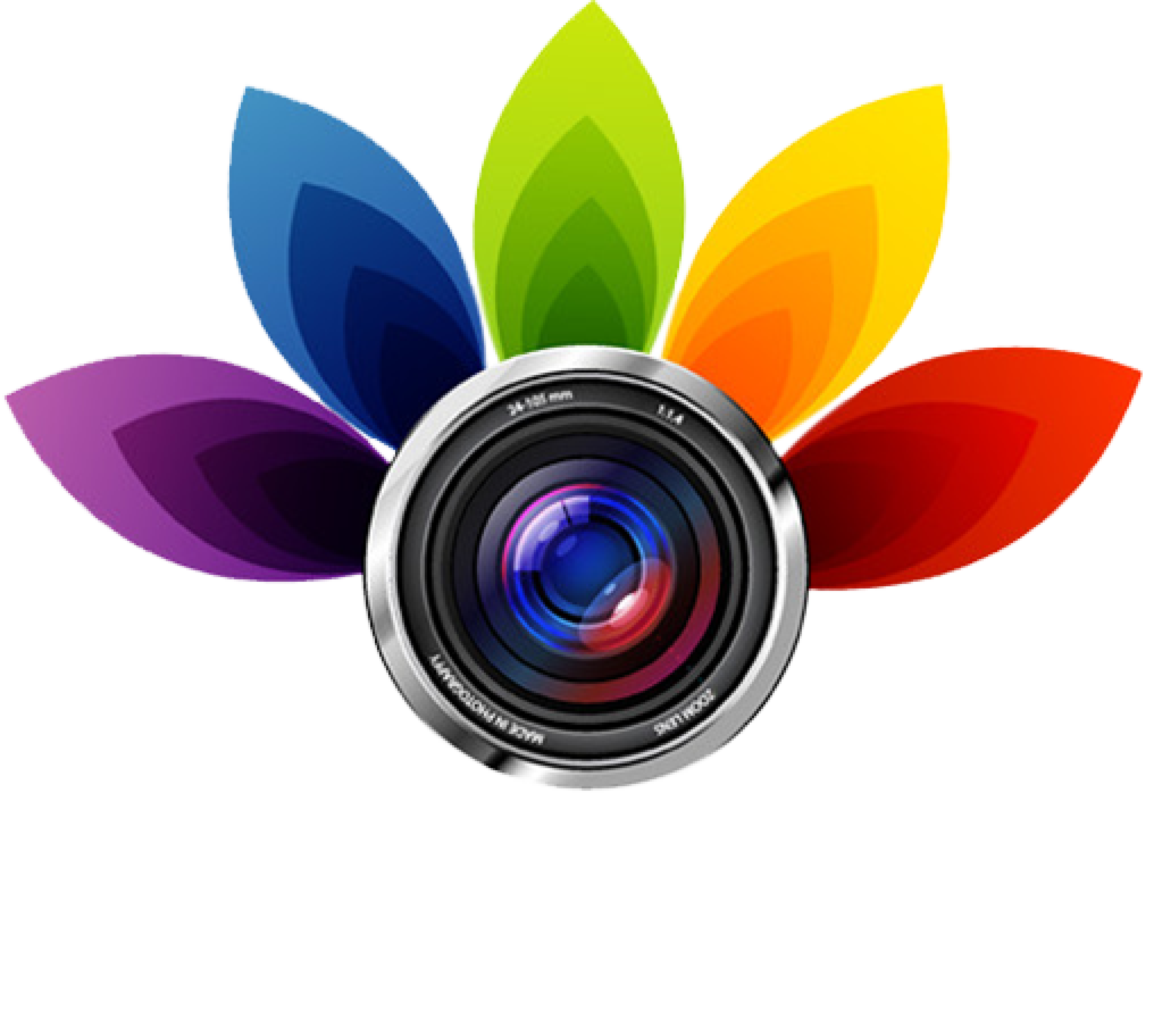Food Photography Editing
Post-processing improves photos by making them look more like what we saw or adding an artistic touch. When a photo is taken during the shoot; it is usually raw, bare and lacks color. Food Photography editing is important. It enhances the food images by adding extra color and improving the photo’s quality.
Photographs can often be improved by making adjustments to them, such as:
- Cropping
- Color
- Density
- Shadow detail
- Sharpening
Things to Consider in Food Photography Editing
1. Histogram
2. Cropping
Before you can start making global adjustments to your image, it makes sense to crop and straighten it first.
3. Lens Correction
4. White Balance
This removes incorrect color casts and ensures that your whites and colors render accurately. In food photography, White Balance can be used creatively, depending on your image. In line with the White Balance Correction, mind the following adjustments too:

- Exposure and Contrast
- Highlights, Shadows, Whites and Blacks Sliders
- Clarity, Vibrancy, and Saturation
When it comes to food photography editing, the best thing to do is still strive for a natural look for your subject.
Why Do Restaurants Want Their Images Edited?
Food photography is a great tool to promote a restaurant’s food items. Nowadays, people remain more engaged with the internet and therefore, you can post your food items and entice them towards your brand. On top of that, it will help your food business stand out than your competitors. CBC Group’s website is perfect example of this.
Advantages of Food Photo Retouching:
-
Attracts Customers
If you want to make an impression with your food business in a short time, food photography can fulfill your demand. Polished images of foods can make wonders in the twinkling of an eye as they can produce an engaging effect in their mind. Food photos in menus, social media, and banners help attract customers without them visiting your restaurant. -
Great way to start marketing
If you want to flourish with your food business in the current age, there is no alternative to food photography. Text without an image will neither spice up the images nor scale up sales. Whether you are running a website or making a restaurant menu, incorporating food images is a must along with the text. This will not only successfully promote your business but also make your food business perform exceedingly well. -
Promotes your signature dishes
With the help of food photography, you can also advertise the signature platters and dishes of restaurants.
Food Photography Tips and Ideas
Shooting food in its natural state requires that it be fresh and ripe, and free from blemishes, bruises, and marks. Editing can fix small imperfections, but make sure what you’re photographing looks great from the start. Whether it’s a cocktail or roasted chicken, you’re telling a story with your photos.
1. Choose your angle
There are really only a few camera angles in food photography that you see. Think of the food beforehand. Its size, shape, height and what is unique about it. Then place the camera where you think best highlights these qualities.

2. Surround your Hero (final dish)
When shooting from the front of the food try to keep a great foreground and background to play with. Surround your main dish with ingredients and props that relate to the food.

3. Hold the Color
When placing items into your food images; try selecting neutral tone. Here’s a beginner’s guide on how to arrange the food on the plate before shooting.

4. Selective focus and depth of field
Focus is another thing to consider when photographing food. Depth of field concerns the distance between objects in the frame. In the same way that certain foods have better angles, they also have better spots to be in the photo to be more focused.

Food Photography Editing Tips and Tricks
• Get it right in Camera
This means getting the right shutter speed, focal length, and exposure with the camera. Check the best cameras to use for food photography
• Sharpening
To the naked eye on a 4×6 prints, no sharpening is fine. But if you want to do a full-sized print (8×10) it can make a big difference.
• Darkroom Techniques
Techniques like burning and dodging are traditional darkroom techniques that you can do in photo editing software. Dodging will lighten an area of a photo that is too dark and burning will darken an area that’s been overexposed. Both will help to preserve fine detail that might otherwise have been lost.
• Cross Processing
Cross processing or split toning is a darkroom technique used in photo editing software to add different tones to highlights, shadows, or both.
• Photo Retouching
The retouching is done with a combination of Photoshop techniques: cloning, spot healing, and dodging and burning.

Whether you are clicking food photos out of passion or for commercial reason, special effects have a lot to beautify your food photographs. Sometimes, food may not look appealing and mouthwatering only with taking shots. Hence, you can add special effects like motion effects to make the visuals spectacular.




